A review of the Rolex Sea Dweller Great White ref: 1665 watch
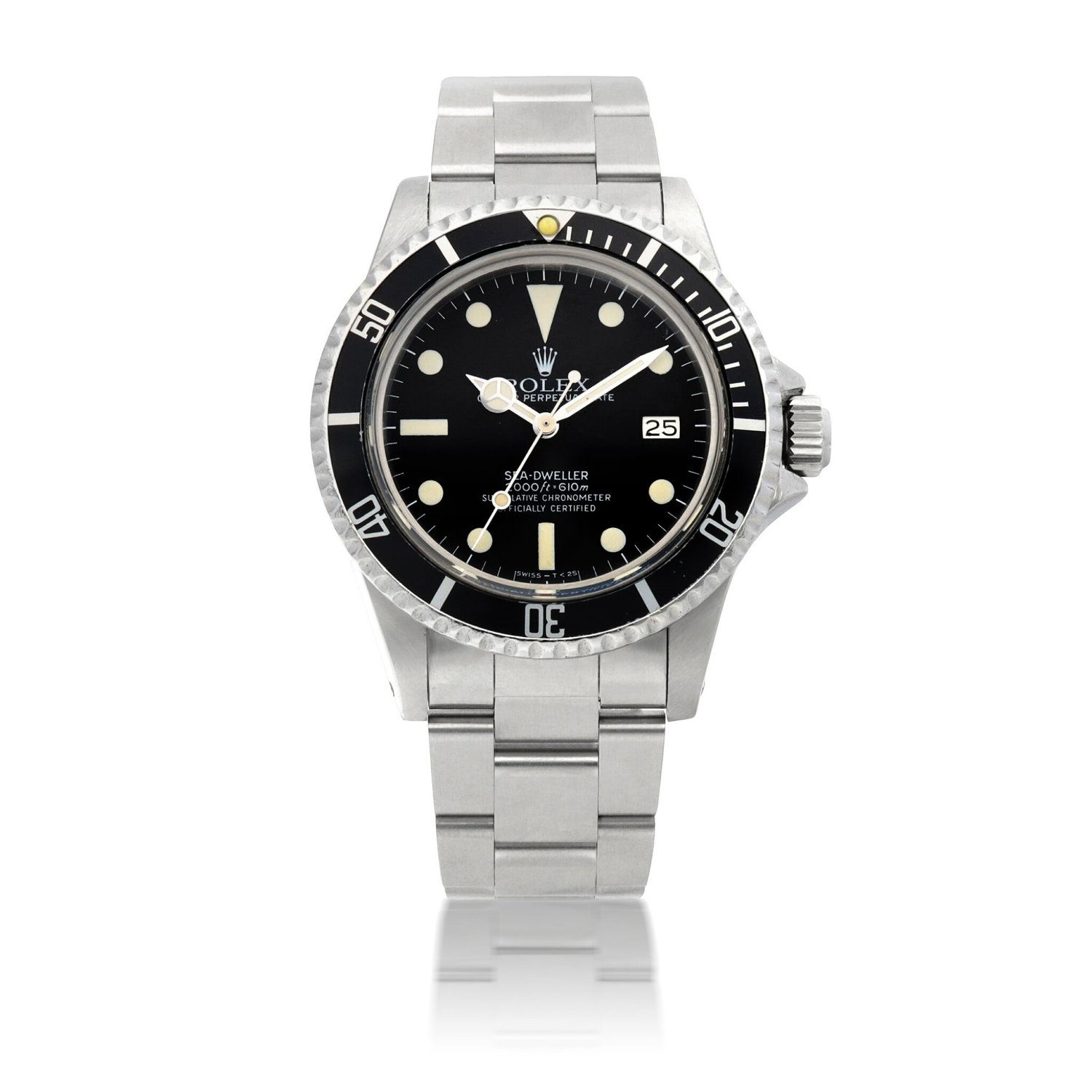
Published: Sep 12, 2021
In this youtube video, we’ll be looking at the Rolex Sea Dweller ref: 16600 – a design inspired by the famous Rolex Submariner and developed for use by expert divers of Compagnie maritime d'expertises (COMEX). The expansion of off-shore oil drilling created many jobs for professional divers during the 1960s – an era where Rolex was refining and evolving its skillset in creating benchmark-setting dive watches.
In this video we’ll be taking a close look at the Rolex Sea Dweller ref; 16600 and touching on the different variations of Sea Dweller watches produced between the late 1980s and mid-1990s.
Loading...
The History of the Rolex Sea Dweller
In 1953 Rolex made an indelible mark on the dive watch industry with its revolutionary Submariner watch. Its design was based on the Oyster case construction – a hermetically sealed case consisting of a screw-down crown, caseback and winding crown, topped with a crystal glass front. This case design went on to become the backbone of almost every Rolex watch to follow.
The Rolex Submariner came with 100-meter water resistance and a rotating bezel with a graduated 60-minute scale. Fast forward to 1960 and Lieutenant Don Walsh and engineer Jacques Piccard submerged an experimental bathyscaphe named the Trieste down to 10,916 metres in the Mariana Trench whilst the Rolex Deep Sea Special experimental watch was attached to its exterior. In 1967, the first Rolex Sea Dweller watch was launched, specifically geared to the wrists of saturation divers.
Equipped with more than triple the water-resistance of the Submariner watch, the Sea Dweller could withstand depths down to 2000 feet and was equipped with a helium escape valve that trapped helium bubbles as they entered the watch, preventing damage to both the external and internal environment of the dive watch.
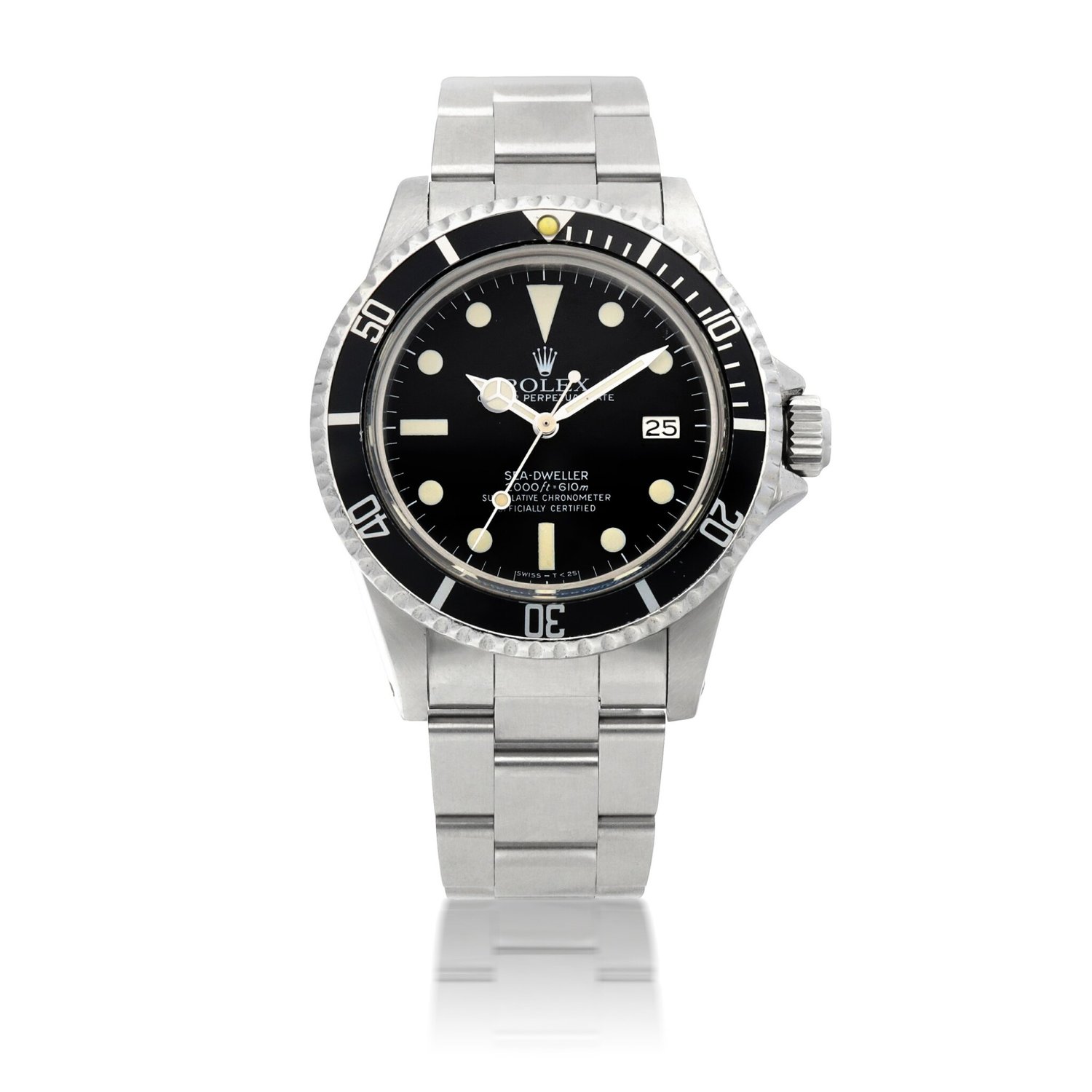
About the Rolex Sea Dweller 1665
For most of its history, the Rolex Sea Dweller was made of stainless steel and measured a 40mm diameter, apart from a 50th anniversary edition, launched in 2017, which sported a larger 43mm case and a yellow Rolesor version crafted from steel and 18ct yellow gold in 2019. In 1978 Rolex upgraded the Sea Dweller’s water-resistant capability, doubling it from 2000 feet to 4000 feet. It also featured a sapphire crystal glass front and a unidirectional rotating bezel. Despite ceasing manufacture in 2009, Rolex resumed manufacture in 2014, with a revived Sea Dweller watch featuring a bezel crafted from the brand’s proprietary Cerachrom material as opposed to aluminium.
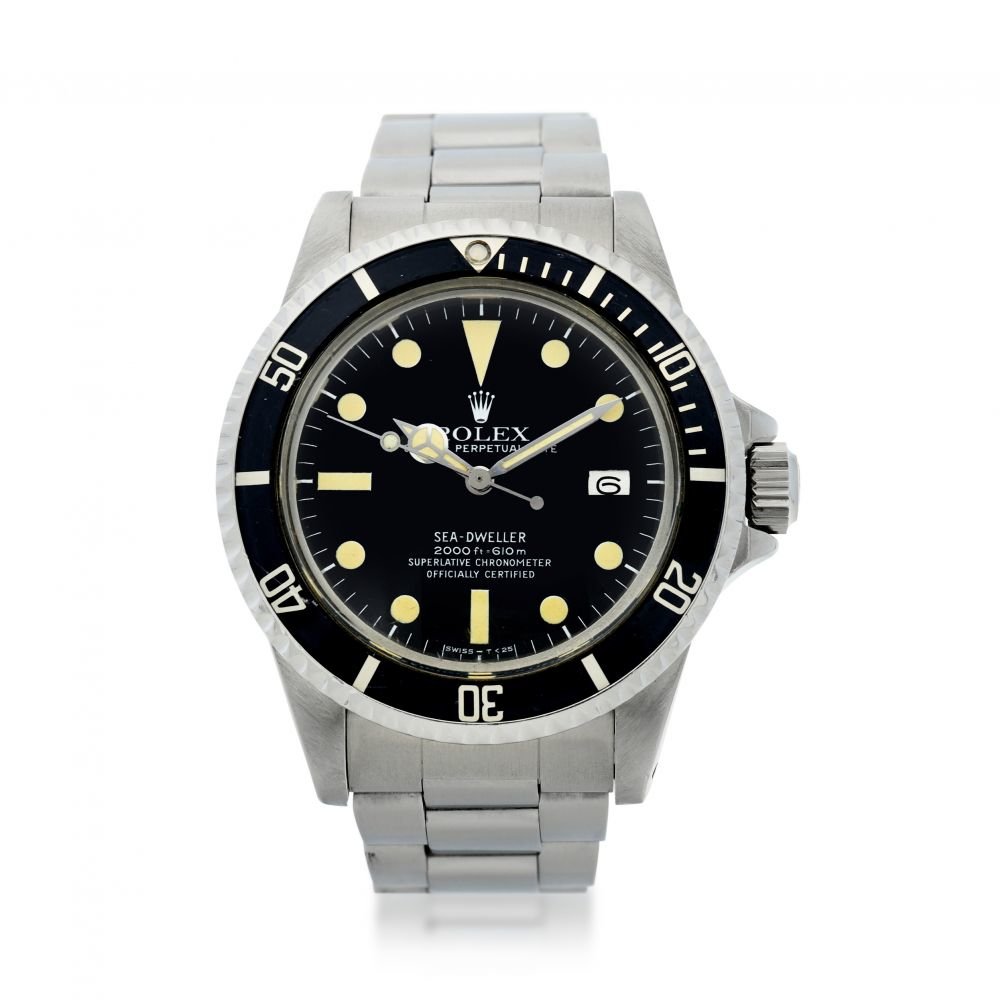
The case
All Rolex Sea Dweller watches feature a black rotating dive bezel marked to 60 minutes, luminous Mercedes-style hands and indexes, a date aperture at 3 o’clock, an Oyster bracelet and a helium escape valve. The Rolex Sea Dweller ref: 16600 was launched in 1988 and replaced the earlier Triple Six ref: 16660 models. It sported an Oyster bracelet with solid end links for the first time in Rolex’s catalogue.
During the mid-1990s, Rolex also upgraded its steel case from 316L to 904L stainless – chosen mainly for its corrosion-resistant properties. The unidirectional rotating bezel on this ref: 16600 Sub Dweller ensures that it would only rotate in a counter-clockwise direction, thus never accidentally extending dive time or enabling the wearer to outstay his welcome underwater. This innovative bezel was first featured on the Triple Six ref: 16660 models before the 16600 series.
The former acrylic crystal used on the front of the ref: 1665, which featured before the Triple Six variations, was replaced with a sapphire crystal glass for the Sea Dweller 16600 models. This material promised both scratch-resistant and anti-reflective properties and interestingly, didn’t feature the cyclops lens that became such a distinguishable feature of the Submariner. The reason for forgoing the bubble lens was due to its inability to sustain the great pressures that the Sub Dweller was initially built for.
The Dial
Early versions of the Sea-Dweller ref. 16660 featured matte black dials followed by glossy black dials with applied hour markers with white gold surrounds a little later on. Before The 1990s, Rolex Sea Dweller watches featured tritium-filled indexes and hands to assist with legibility under poor lighting conditions or in the night. Later, during the mid-1990s, these changed to Luminova-treated dial elements before the more recent Super-LumiNova finished dial. As a result, the Sea Dweller 16600 is a reference that can have any one of three luminescent-treated dials.
The Rolex Sea Dweller ref; 1665, which debuted in 1967, featured the “Sea Dweller” and “Submariner 2000” lettering in red. A decade later, Rolex replaced this red text which white, with those models acquiring the name “Great White” as a result. As with the Rolex Sea Dweller ref: 16600 shown in this youtube video, the white lettering can be clearly seen on the dial, accompanied by tritium hands and indexes.
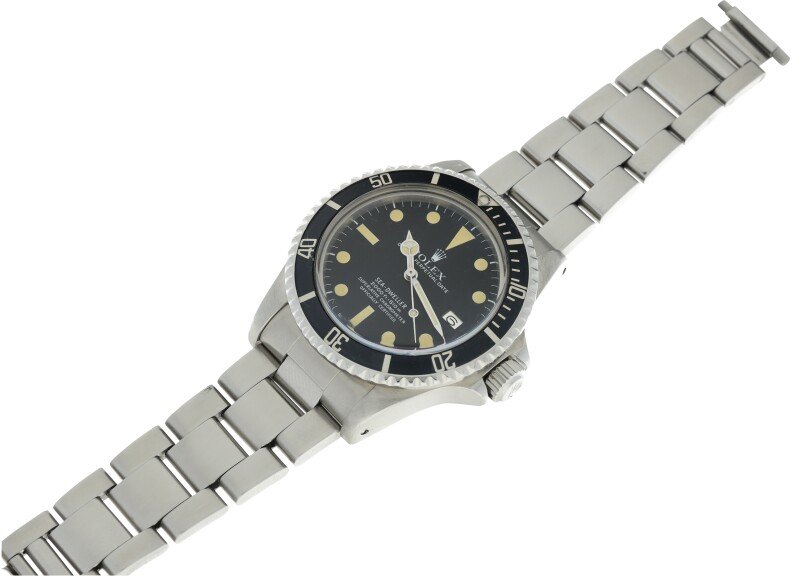
The movement
Maybe one of the main reasons that Rolex decided to change the ref: 16660 to the ref: 16600 was to do with the change in calibre. Originally, the Sea Dweller 16660 ran on the Calibre 3035 – a reliable and remarkably accurate movement. The Calibre 3135, however, is even more robust and incorporates more parts and components. Based on 31 jewels, the movement beats at a rate of 28,800 vibrations per hour and features a balance wheel made of glucydur, as well as a perpetual winding system that functions bidirectionally. It has powered many Rolex watches since its debuted over 30 years ago, including the iconic Submariner and provides a 48-hour power reserve.
The bracelet
The Rolex Sea Dweller ref: 16600 Great White watch features the Oyster bracelet crafted from 904L stainless steel with solid end links and curved lugs. In addition to this, it features the Oysterclasp lock forming a tactile bond between watch and wearer.
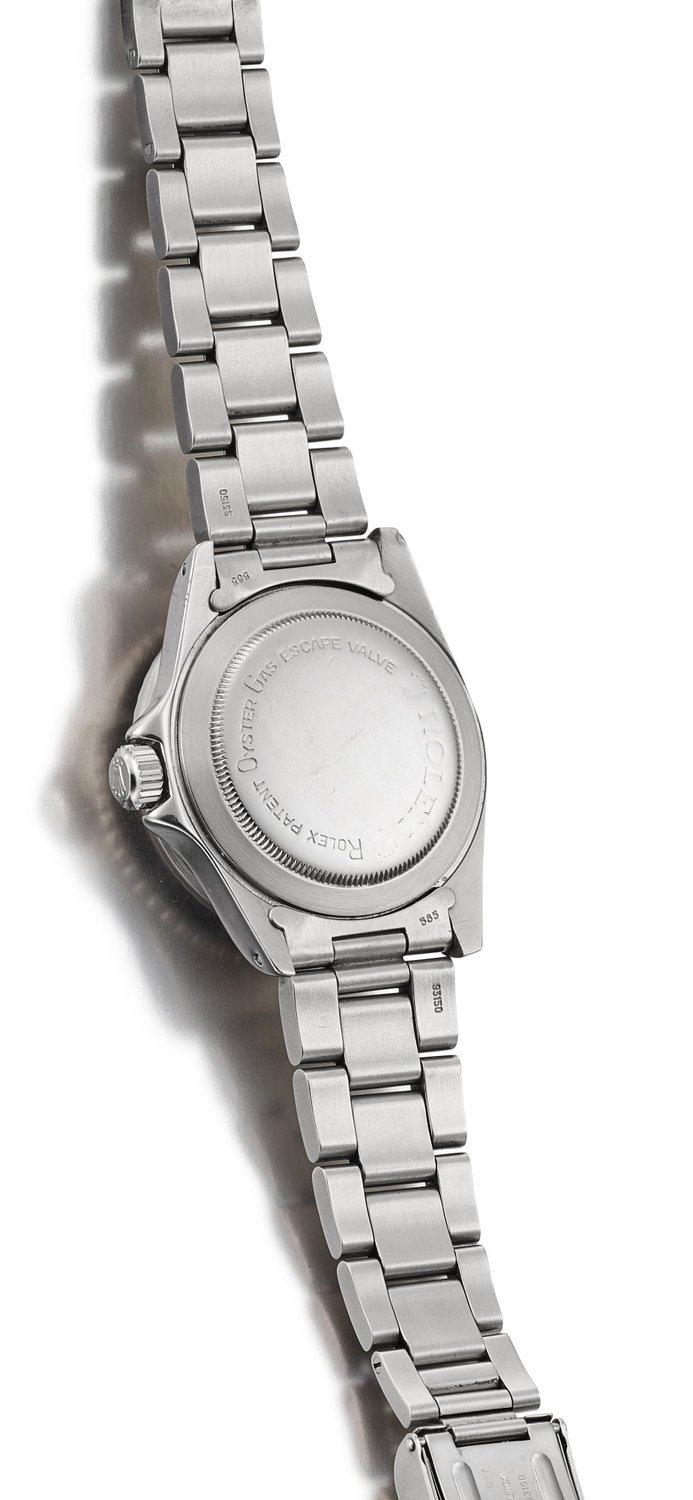
To find out more about which Rolex hold their value you can read more of our guides where we cover all Rolex Nicknames or our classic guide to the Day Date models and our comparision with their sister brand: Rolex vs Tudor.
Subscribe our newsletter for more news related content and find our quick comparitive guides to help you decide which watch you should buy next: